What Do Wrens Eat and How to Attract Them
Updated: Aug. 25, 2022
Discover what wrens' favorite foods are, what they eat in winter and summer and how to attract them to your backyard.
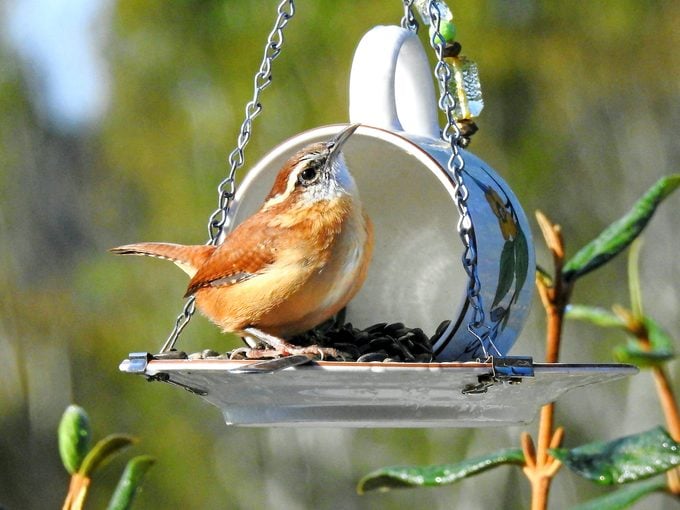
A wren’s cheery chirping is a delightful summer sound. If you’re longing to hear a wren in your backyard, you might wonder: what do wrens eat? Turns out, there are a variety of things you can add to the menu for these adorable little birds.
What Do Wrens Eat in Summer?
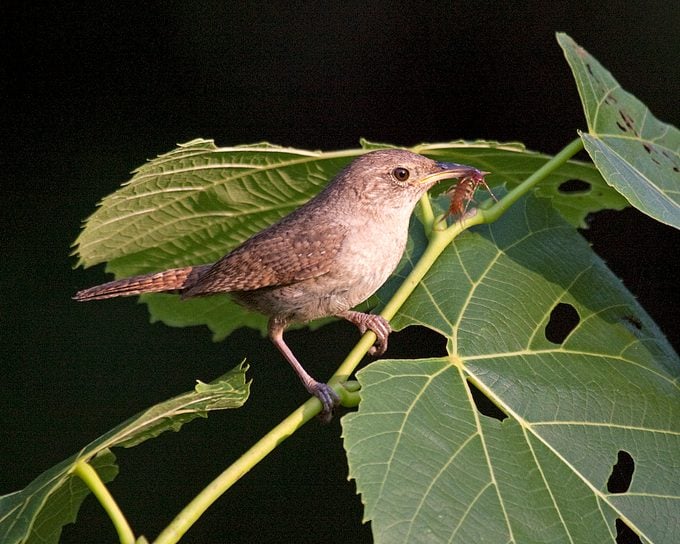
In summer, your best bet to attract a wren (besides putting out a wren house) would be to have a backyard full of insects. Wrens don’t typically visit feeders, instead preferring to snack on bugs. So your best bet is to grow a variety of native plants and flowering shrubs that attract beneficial bugs.
What’s the difference between a Carolina wren and a house wren?
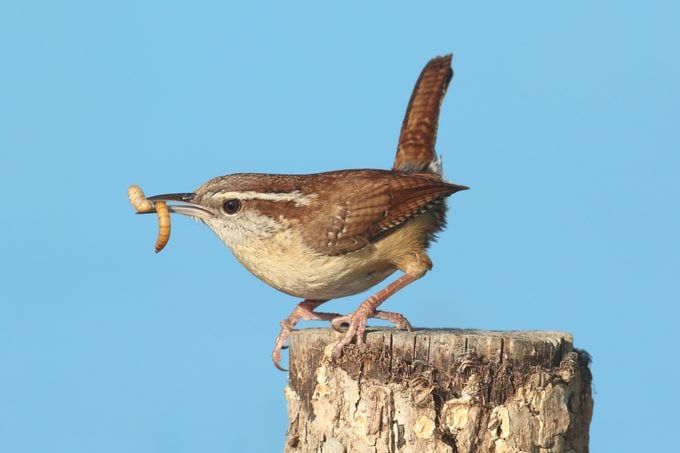
And if you thought mealworms were just for the bluebirds, you thought wrong. Wrens eat them, too. That might come as a surprise, but it’s true — mealworms are another wren favorite food. Offer them in a mealworm feeder to draw a crowd of bug-loving birds (wrens included).
Like other birds that don’t come to feeders, wrens are attracted to moving water. Birding experts Kenn and Kimberly Kaufman say having a bird bath — especially one with a a waterfall or small dripper — might bring the wrens in for a drink. Cactus wrens, which live in the desert, can go long stretches without water, as they get what they need from eating bugs and fruit.
Wren vs sparrow: What bird are you seeing?
What Do Wrens Eat in Winter?
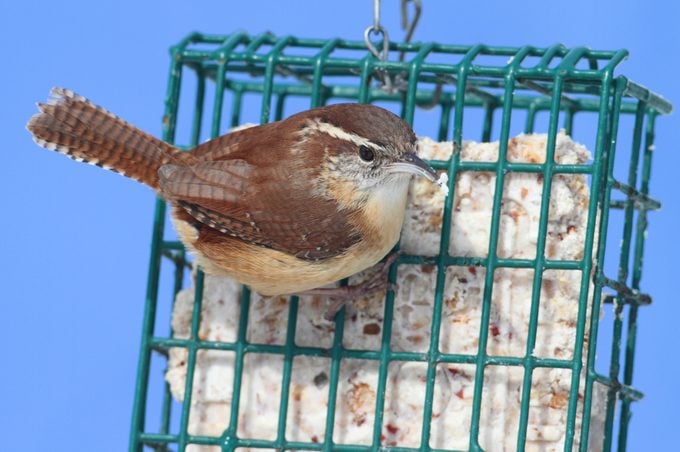
In winter when insects are less readily found, wrens’ diet preferences change. Cooler temperatures mean they’re more likely to stop by feeders. Carolina wrens will sometimes eat suet. They are more likely to visit feeders in winter than house wrens, which migrate south to warmer climates.
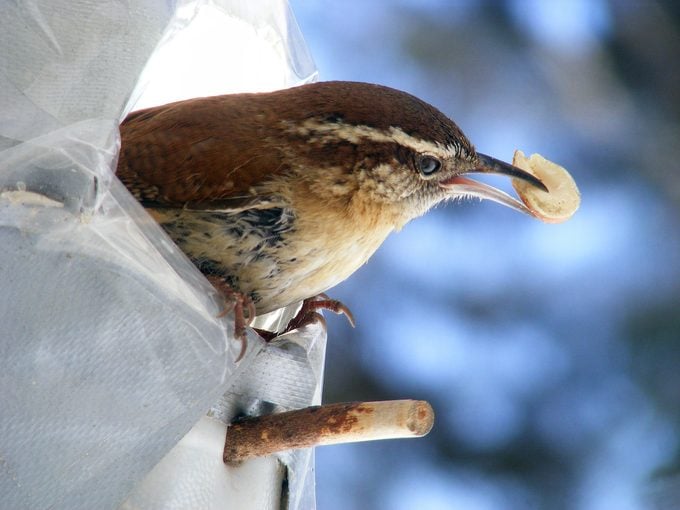
Like blue jays, nuthatches, woodpeckers and many other birds, wrens also eat peanuts. They prefer chopped peanuts, rather than whole. Because of their beak size, they could have a hard time with a shell. All types of wrens enjoy peanuts, so putting out a peanut feeder is a great way to draw your local wrens to your yard. Always remember to offer only plain unsalted, unseasoned nuts for your backyard friends.
As far as basic birdseed, wrens, like cardinals, grosbeaks and finches, may enjoy snacking on sunflower seed.
Next, enjoy delightful pictures of wrens.




















